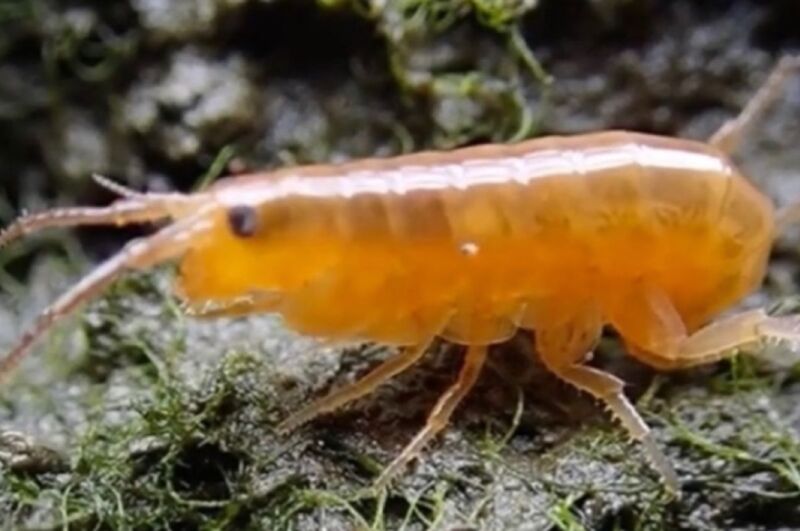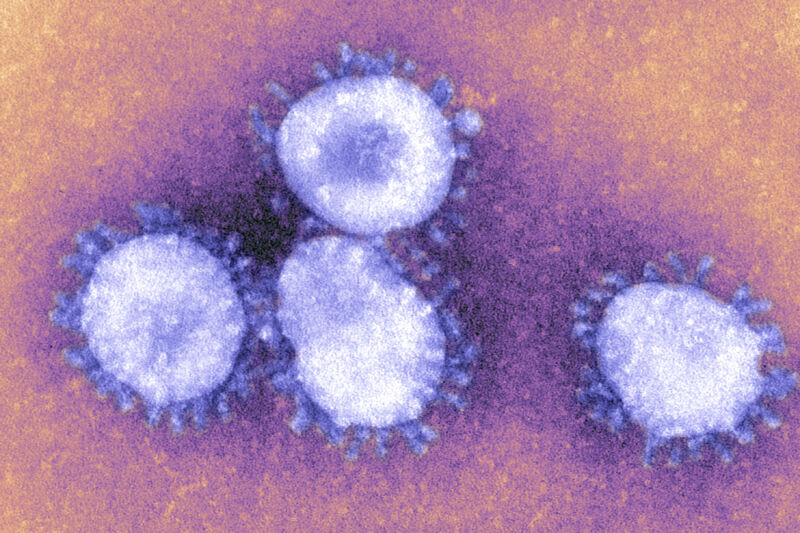-
chevron_right
The big idea: can you inherit memories from your ancestors?
news.movim.eu / TheGuardian · Monday, 17 June - 11:30
The science of epigenetics suggests we can pass on trauma – but trust and compassion too
Since the sequencing of the human genome in 2003, genetics has become one of the key frameworks for how we all think about ourselves. From fretting about our health to debating how schools can accommodate non-neurotypical pupils, we reach for the idea that genes deliver answers to intimate questions about people’s outcomes and identities.
Recent research backs this up, showing that complex traits such as temperament, longevity, resilience to mental ill-health and even ideological leanings are all, to some extent, “hardwired”. Environment matters too for these qualities, of course. Our education and life experiences interact with genetic factors to create a fantastically complex matrix of influence.
Continue reading...




